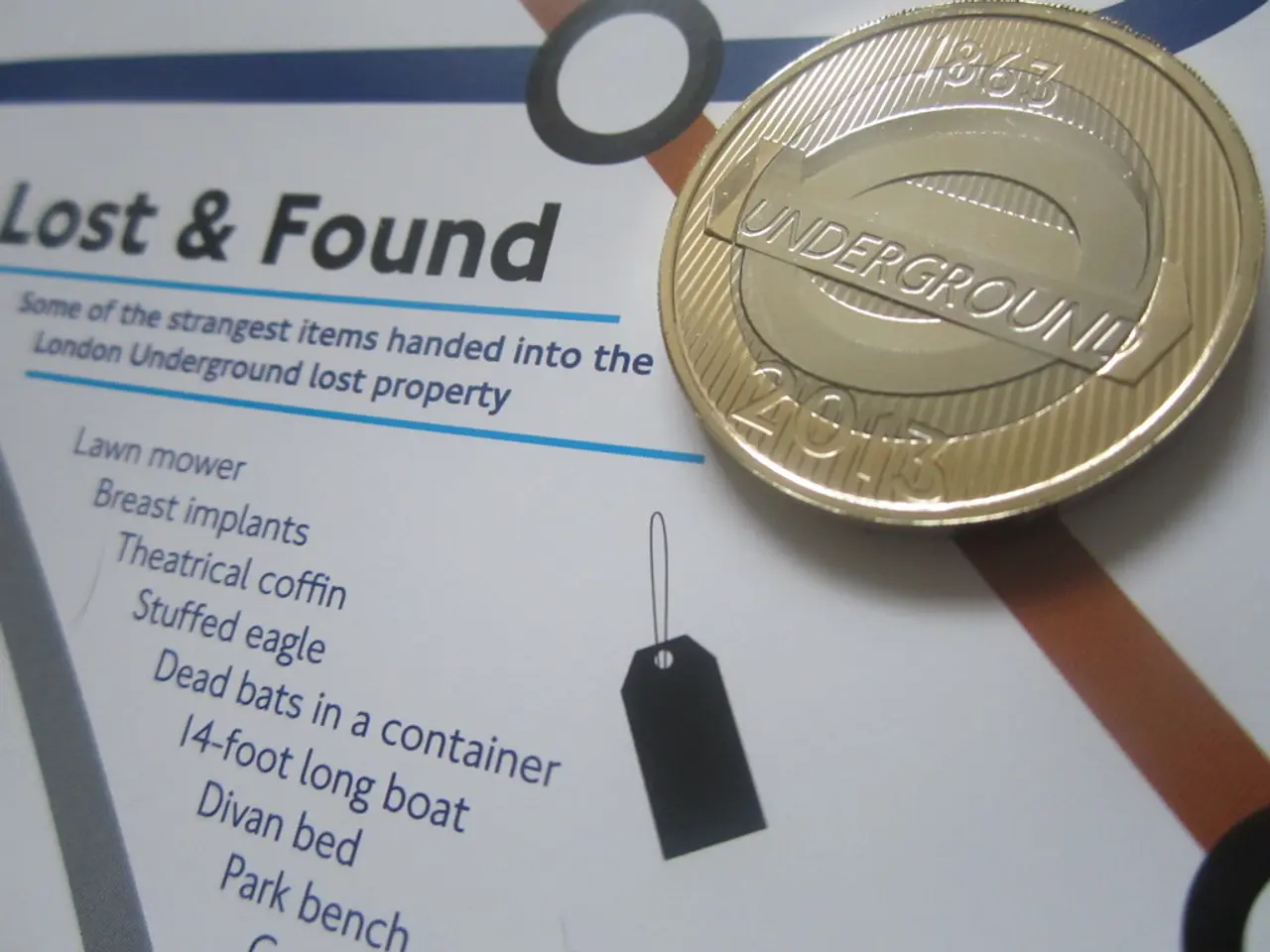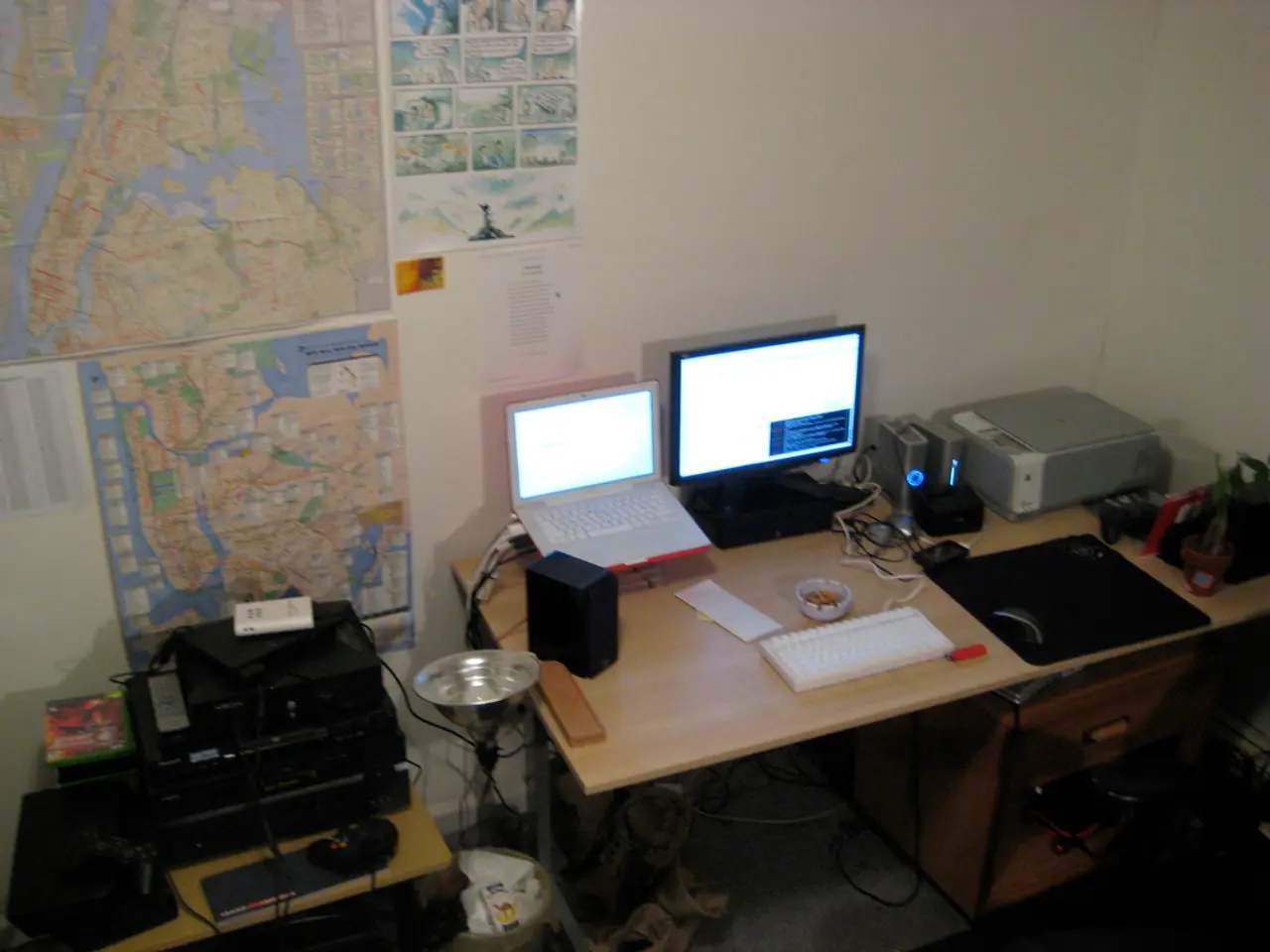Checking Presence on Messenger: Identifying the Telltale Clues
In the digital age, understanding someone's online presence has become a common practice. When it comes to Facebook Messenger, several indicators can help you determine if a user is active on the platform.
Firstly, the green dot next to a user's name or profile picture is the clearest sign they are currently using Facebook Messenger. This dot indicates that the user is currently online, providing an immediate understanding of their availability. Another status indicator you might see is "Active Today," which means the user has been active on Messenger at some point during the current day, although they may not be online at the exact moment.
Other signs to consider include the "Last Active" status, which Messenger sometimes shows, helping you understand if they recently used the app. Additionally, message delivery status, read receipts, and call functionality can supplement your understanding of their recent activity or availability. For instance, a filled checkmark means a message has been delivered, and a profile picture next to the message indicates it was read.
However, it's essential to note that users can control their privacy settings, potentially hiding their active status or disabling activity indicators. In such cases, these signs are not foolproof. Unlike Snapchat’s "Activity Indicator" which can show activity within the last 24 hours or current camera use, Facebook Messenger's green dot specifically reflects current online presence, while "Active Today" is broader and less immediate.
The absence of any of the indicators mentioned above doesn't necessarily mean someone isn't using Messenger; they could have chosen to limit their visibility. Directly asking if they are available is the most effective approach sometimes.
Other clues can also help you determine if someone uses Messenger. For example, if a person's profile picture has a colourful ring around it on Facebook, it indicates they have an active story on Messenger. If a message's circle turns into a small profile picture in Messenger, it means the recipient has seen the message.
If a user's phone number is linked to a Facebook account, Messenger might suggest them as a contact within the app. Frequent direct messaging between a person and mutual friends on Facebook suggests they are accessible via Messenger.
Even if a person has deactivated or deleted their Messenger account, their profile might still appear in searches. The "Away" status on Messenger, represented by a crescent moon icon, suggests that the user has been inactive for a period of time.
When trying to gauge someone's availability, consider their typical communication patterns and any known information about their current activities. Multiple signs pointing towards Messenger use, such as the "Message" button, appearing in Messenger search results, and messages from mutual friends, suggest they are indeed active on the platform.
However, it's crucial to remember that determining if someone uses Messenger is about gathering clues and making an educated guess, considering their overall online presence and social media habits. Avoid making assumptions based solely on the "Seen" status or the green dot, as they can be misleading. A more reliable way to gauge availability is to send a message and observe the response time.
Lastly, always respect everyone's privacy when trying to determine if someone uses Messenger. Directly asking if they are available is often the most effective approach.
Technology has also extended to social-media platforms like Facebook, where entertainment and communication intertwine. For instance, a colourful ring around a user's profile picture on Facebook suggests they have an active story on Messenger, a feature that falls under the category of entertainment. Similarly, if a person's profile picture next to a message in Messenger has been replaced by a small profile picture, it indicates the message has been read, hinting at their activity on the platform.




